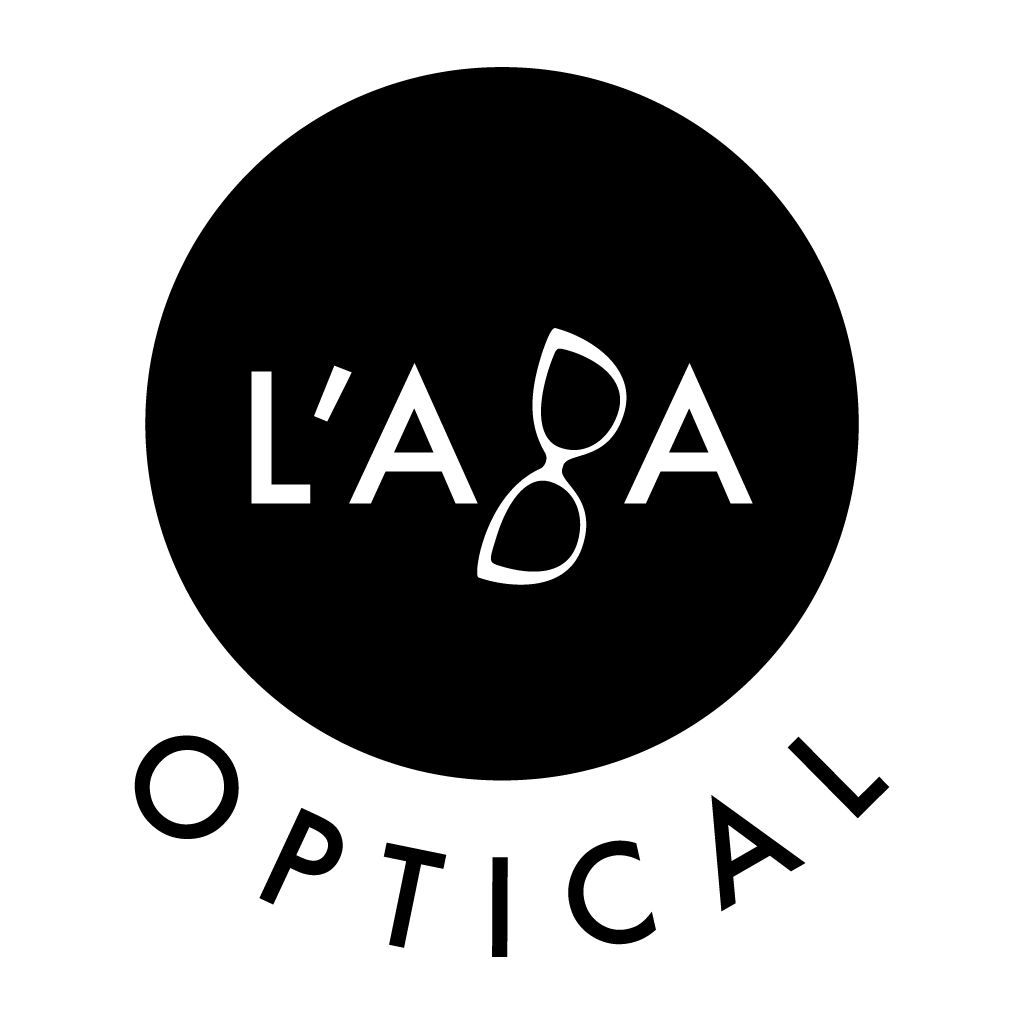- Comprehensive Eye Exam
A comprehensive eye exam at Laba Fashion Optical includes a vision test and a detailed evaluation of your eye health to detect any diseases. Our comprehensive eye exams begin with:
- All
- Glaucoma Surgery
- Eye Treatment
- Laser Eye Surgery
- Cataract Surgery
- Diabetic Retinopathy


Surgical Procedures
The doctor uses a special tool to keep your eye open while removing the damaged part of your cornea and replacing it with healthy donor tissue.

Transitions Lenses
These lenses automatically respond to lighting conditions by “transitioning” to the appropriate tint.

Refractive Nature
During refractive cataract surgery, the surgeon uses advanced multifocal IOLs to restore vision.

Letterpress Asymmetrical
Cataract surgery outcomes have greatly improved due to advancements in surgical technique and preoperative testing.

Comprehensive Eye Exams
Comprehensive eye exams by a doctor of optometry are an important part of caring for your eyes and vision.

Drooping Eyelids
It involves removing part of the eye-drainage tubes to allow fluid to drain more easily.

Lasik Patient Quotes
The patient consent form(s) will indicate to us that you have been made aware of the nature of the procedure along with any risks or benefits.

Specialized Doctors
The retina is the neurosensory tissue that lines the back wall of the eye. Like the film in a camera, the retina is responsible for creating the images that one sees.

Retinopathy Diabetes
Diabetic eye disease is a group of eye problems that can affect people with diabetes. These conditions include diabetic retinopathy and glaucoma.

Specialized Doctors
Laser surgeries lower intraocular pressure by enhancing the drainage of aqueous fluid or slowing its production.

Letterpress Asymmetrical
Some patients require laser cyclophotocoagulation which destroys the cells in the eye that produces the fluid in the eye, thereby lowering the eye pressure.
- Review and analysis of your medical history and visual needs
- Measurement of visual acuity
- Binocular vision assessment
- Examination of your eye's internal structures
- Neurological assessment of the visual system
- Screening for ocular diseases
Medical record review involves evaluating a patient’s healthcare information for medical or legal purposes. It is the process where a reviewer reviews medical charts to ensure they are complete or accurate, or to collect important medical facts from those records.
A comprehensive history intake includes the patient’s medical history, past surgical history, family medical history, social history, allergies, and medications.
Visual acuity is expressed as a fraction, such as 20/20. Having 20/20 vision means that your visual acuity at 20 feet away from an object is normal. If you have 20/40 vision, for example, that means you need to be 20 feet away to see an object that people can normally see from 40 feet away.
A binocular vision assessment allows your eye doctor to detect a number of vision issues that might otherwise go unnoticed during a standard eye exam or vision screening. A binocular vision test will evaluate numerous visual skills that are essential for reading and learning in all students.
It is a transparent, biconvex, lens of an eye. The lens is attached to the ciliary body by ligaments. The lens along with the cornea refracts light so that it focuses on the retina. Retina: It is the innermost layer of the eye.
The neurologic examination is typically divided into eight components: mental status; skull, spine and meninges; cranial nerves; motor examination; sensory examination; coordination; reflexes; and gait and station. The mental status is an extremely important part of the neurologic examination that is often overlooked.
A vision screening is a quick way to find out if you need a comprehensive (complete) eye exam. A complete exam checks both your vision and eye health. It looks for signs of serious eye disorders that may not have symptoms, such as glaucoma.

